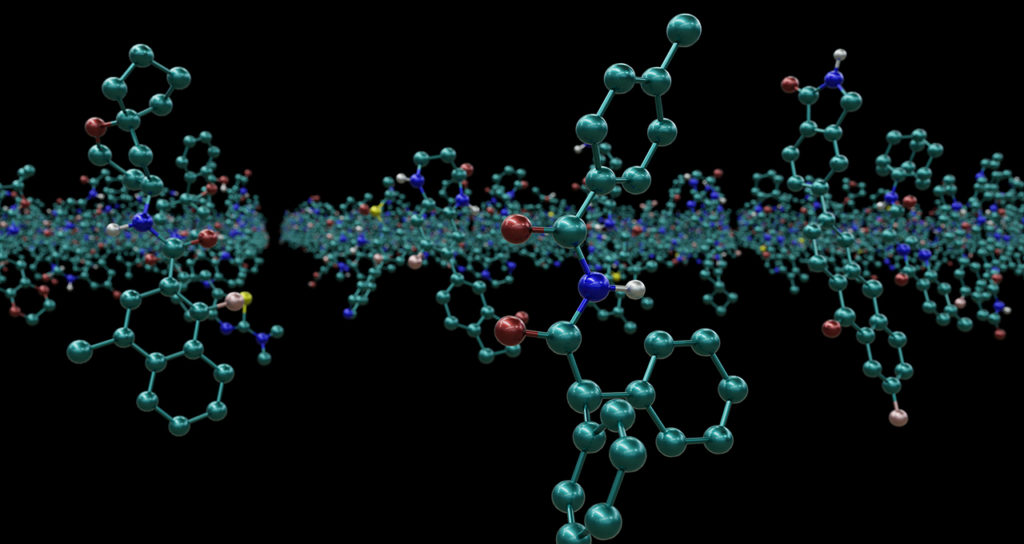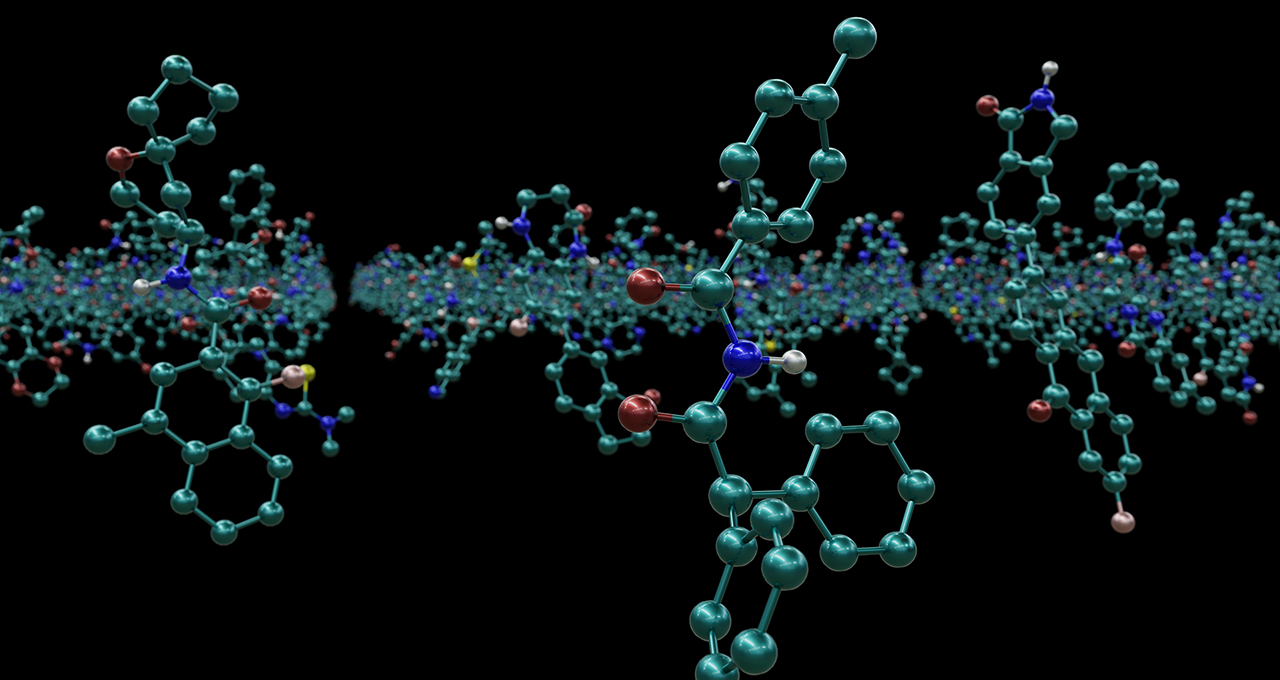One of the important points made at the opening keynote of NVIDIA GTC 2024 by CEO Jensen Huang is about the healthcare industry and how NVIDIA Inference Microservices (NIMs) further opens up access to a whole new world of discovery to assist mankind in the sector.
 This new suite of healthcare microservices is offered via the aforementioned NVIDIA NIM framework that includes a set of optimized AI models across several sub-sector industries like medtech, imaging, drug discovery, and digital healthcare.
This new suite of healthcare microservices is offered via the aforementioned NVIDIA NIM framework that includes a set of optimized AI models across several sub-sector industries like medtech, imaging, drug discovery, and digital healthcare.
The collection will be consistently updated to keep up with the trends and discoveries that can be positively looped into things like generative biology and chemistry, obtaining breakthroughs previously thought to be practically impossible due to computing and creativity restraints.
Diving into the details more we’ll see there are several well-known models already being used by the industry like MolMIM or generative chemistry, ESMFold for protein structure prediction, and DiffDock for molecular interaction.
On the other hand, VISTA 3D accelerates 3D segmentation models while Universal DeepVariant dominates variant calling in genomic analysis workflows by offering 50x higher processing speed against the base variant powered by CPU instructions.
Familiar names like Cadence and Orion alongside Amgen, Astellas, DNA Nexus, Iambic Therapeutics, Recursion and Terray, and V7 are part of the existing users of the microservices with more to come in the future.
If we shift attention to the clinical and patient interaction side of things, then there are other experts in the industry developing some cool stuff using the microservices as well. Some examples include Hippocratic AI which is a Gen-AI Healthcare Agents powered by NVIDIA Avatar Cloud Engine for the visuals of the virtual agent and NIM for low-latency inferencing and speech recognition to deliver services like appointment scheduling, pre-operative outreach, post-discharge follow-ups, and more.
A clinical conversation platform is being developed by Abridge that resolves repetitive tasks like notes and draft generation that can save clinicians lots of time by transforming relevant evidence into summaries while Flywheel is more focused on the backend side by crafting models that can be included in microservices that tackles medical imaging data.
More info about NVIDIA NIMs for Healthcare can be accessed here.






